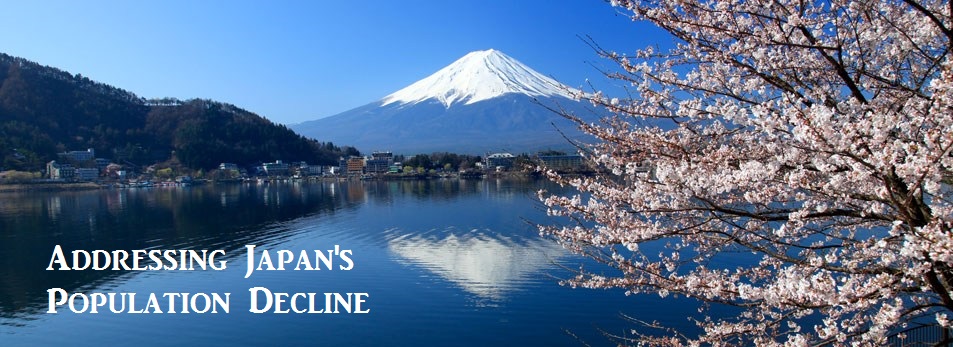“Asian women do have significant power, although it is not a form of power recognized by non-Asian feminists. I think that we need a far greater sensitivity to cultural differences. It is possible for Asian women to develop a feminism that is the product of their own cultural context and meaningful to them.” –Ueno Chizuko
It has been a widely-accepted notion that in Japan, women are the only consumers, and therefore are the main targets for marketing. We have explored the traditional roles of women as enforced by society, but as women are beginning to enter the workforce, higher incomes and consumerism patterns are being seen. The photo above is a well-known look that has made quite a splash in Japan’s culture. In a debate between McVeigh and Kinsella in 1997, the reasoning behind this “kawaii” phenomenon is discussed heavily. The discussion reveals that women originally resorted to this style in hopes to achieve a youthful look that would in ways, rebel against society. This act of refusal to grow up and become subjected to living as a household wife in a “conservative, male dominated society” emerged in the 1980s. (Daniels 1999)
For more connections to women, consumerism, ecotourism and anthropology, see the following abstracts:
Japanses Material Culture and Consumerism
Protecting the Environment the Natural Way

